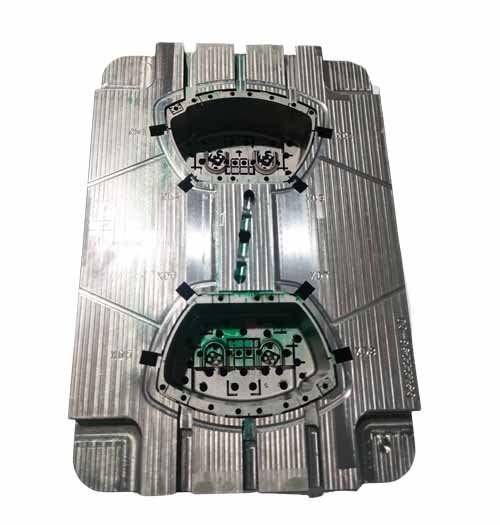Home / Single Post

Characteristics of 1.2343 Mold Steel:
Applications of 1.2343ESR Mold Steel:
1.2343VICTORYESR mold steel, manufactured by Gebr. Grillich, finds extensive use in various demanding applications, including:
Furthermore, 1.2343 mold steel is highly suitable for injection molding molds, including hearing aid molds. Utilizing this steel offers numerous advantages, including dimensional stability, precise machining, and extended lifespan. The inherent properties of 1.2343 mold steel, such as its excellent heat resistance, superior wear resistance, good polishability, and nitriding capability, contribute to the production of hearing aid molds with exceptional performance. Its dimensional stability ensures consistent and accurate molding of intricate and delicate features found in hearing aids. The steel’s ability to be precisely machined allows for the creation of molds with precise specifications, resulting in high-quality hearing aid components. Moreover, the extended lifespan of 1.2343 mold steel contributes to cost-effectiveness and reduces the need for frequent mold replacements. Overall, choosing 1.2343 mold steel for hearing aid molds ensures the production of reliable, precisely molded components with exceptional dimensional stability and long service life.
©Copyright 2023. All Rights Reserved. Rometheme
Want to know your mold-making costs? Leave your details and I’ll get back to you.